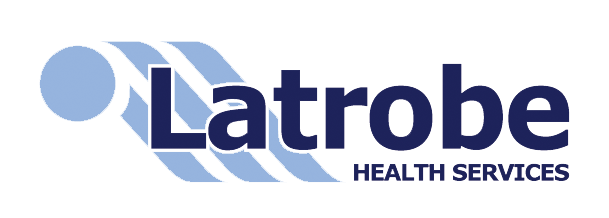

Thanks

Bariatric (Obesity) Surgeon, Upper GI Surgeon (Abdominal)
Cholecystitis generally refers to a bacterial infection of the gallbladder.This usually occurs in patients who have gallstones. Gallstones can intermittently obstruct the outlet of the gallbladder causing an inflammation, which if unresolved, becomes a bacterial infection. This is treated with antibiotics and typically removal of the diseased organ.Symptoms of cholecystitis include abdominal pain which persists and worsens over several hours (on the right side of the abdomen, under the ribs), pain which can radiate into the back, nausea and vomiting, a high temperature and “cold sweats”. These symptoms are quite uncomfortable with cholecysitis and worsen over several hours.If you have these symptoms you should seek urgent medical advice from your local doctor, or at your local emergency department.
You must be a HealthShare member to report this post. to your account or now (it's free).
Thanks

General Surgeon, Laparoscopic Surgeon, Upper GI Surgeon (Abdominal)
Cholecystitis can be acute or chronic and is generally caused by gallstones or gallbladder sludge.
Acute cholecystitis history at home:
1. Starts after a fatty meal
2. Is felt as right sided pain which is constant but its intensity increases and decreases in waves (colic)
3. Can go through to the back or the right shoulder
4. May be associated with nausea and vomiting
In the hospital:
1. Blood tests may show a high white count and inflammatory marker (CRP)
2. Liver enzymes may be elevated if a gallstone has fallen into the common bile duct
3. Ultrasound scan may show a thickened gallbladder wall and some fluid around the gallbladder (pericholecystic fluid)
Chronic cholecystits can be harder to diagnose but typically presents as vague central or right sided abdominal pain which may be associated with a fatty meal. Some people may report atypical biliary symptoms. It is best in this setting to see your specialist and get an ultrasound scan and/or a HIDA scan. The HIDA scan is a fantastic test for picking up chronic cholecystitis.
You must be a HealthShare member to report this post. to your account or now (it's free).